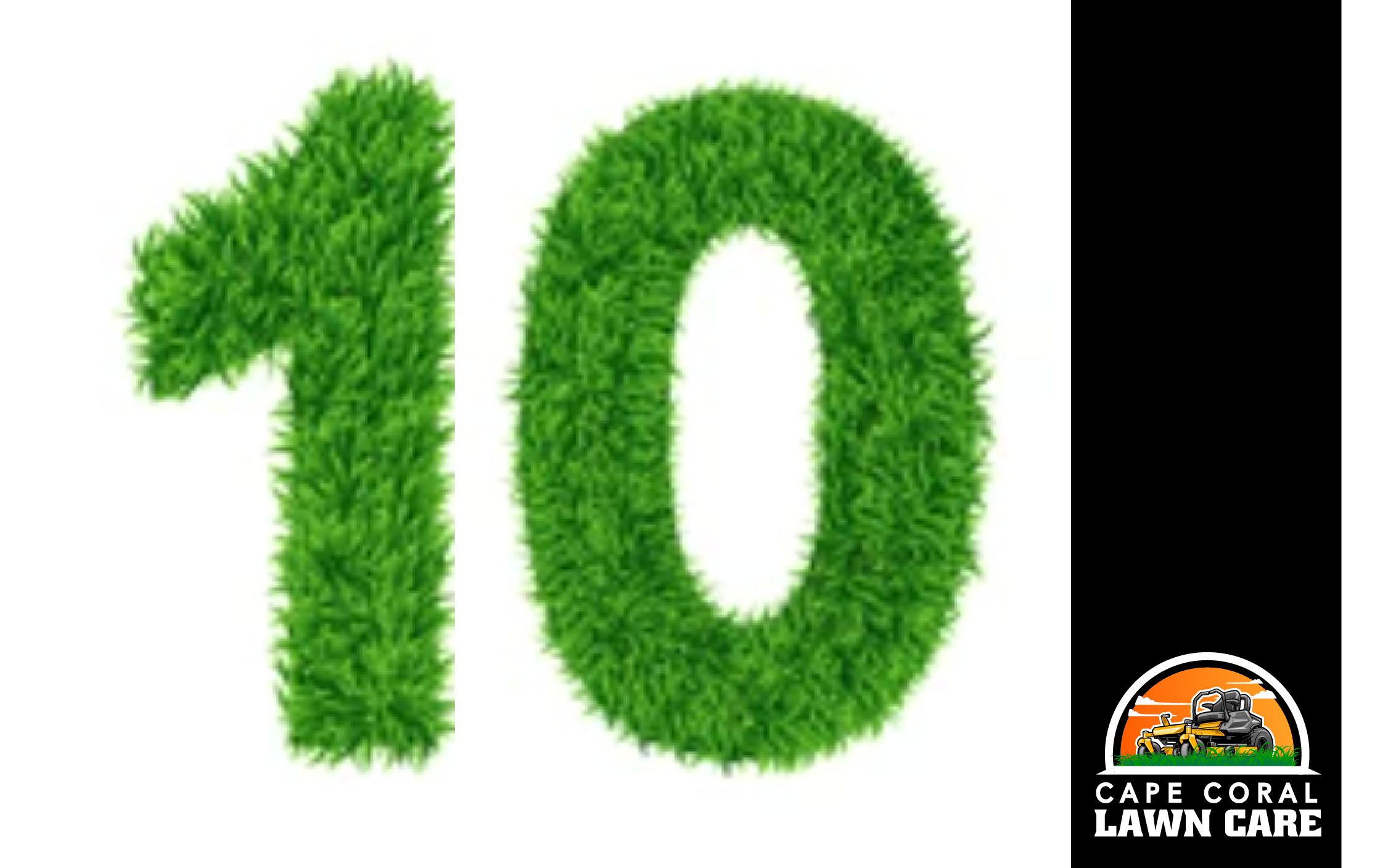Think of it this way: sustainable lawn care isn’t a newfangled idea. Healthy planet, healthy future. Teamwork makes the dream work, so let’s all lend a hand. It’s that simple. As a seasoned gardener, I’ve observed the downsides of conventional lawn care practices; it’s simply not sustainable. I was surprised how much a few small lawn care changes improved both the lawn’s health and its environmental impact. A healthier lawn and a healthier planet? Yes, please!
Sustainable lawn care? Our outdoor areas? Let’s give their possibilities a second thought; maybe we were too quick to judge. Think beyond the usual lawn and flowerbeds; what could they become? We collaborate; we use what nature provides. Success hinges on this. Go green and save! Less work, lower costs, and a boost for the earth—that’s what this method offers.
Lawns, when sustainably managed, absorb carbon dioxide, create oxygen, and filter pollutants. Our lawn care needs an overhaul. This will require a different approach. Lots of people are discovering how good lawns can be for the environment.
Inside this document you will find:

- The Environmental Impact of Traditional Lawn Care
- Core Principles of Sustainable Lawn Care
- Practical Steps for Sustainable Lawn Care
- Advanced Sustainable Lawn Care Techniques
- Common Mistakes in Lawn Care
- Seasonal Lawn Care Tips
- Conclusion
The Environmental Impact of Traditional Lawn Care
Before exploring sustainable methods, understanding the issues with conventional lawn care is crucial. We found a significant effect; the statistics don’t lie. Prepare for a big shift—this changes the game. Seriously.
According to the United States Environmental Protection Agency, landfills received about 10.5 million tons of leaves, grass, and other yard trimmings in 2018. To visualize this, that is roughly equal to the weight of 9.5 million adult walruses. Conserving water? A challenge? Yes. But a necessary one. We use way too much.
Landscape irrigation accounts for about one-third of residential water use, totaling around 9 billion gallons daily. Think about all the water and fertilizer used on lawns. Smart green space upkeep is critical, as these statistics clearly demonstrate. Our current method isn’t working; we have to change course. Sustainable practices are the answer.
Core Principles of Sustainable Lawn Care

Sustainable lawn care is based on key principles that help create an eco-friendly and healthy lawn. A balanced ecosystem is the outcome of these interacting principles.
- Work with nature, not against it.
- Conserve resources (water, energy, materials).
- Reduce chemical inputs.
- Promote biodiversity.
- Minimize waste.
Beautiful lawns don’t have to harm the environment. Both options are on the table! Sustainable spaces for everyone are created by these lawns; they’re great for the planet, too.
Practical Steps for Sustainable Lawn Care
Here are some practical steps to make your lawn care routine more sustainable. Improving the ecosystem is a process; each step forward makes a difference, no matter how small.
Choose the Right Grass
Selecting the right grass for your local climate is essential in sustainable lawn care. Native plants are usually the best option as they adapt to local conditions and need less care. They are naturally suited to thrive in your area’s environment.
For cooler areas, fine fescues or tall fescues work well. In warmer climates, Bermuda grass or Zoysia grass are good choices. Water and fertilizer use is lower for these compared to others.
Mow High and Often

Proper mowing is a simple and effective sustainable lawn care method. Set your mower to the highest setting, around 3 to 4 inches. Drought resistance and weed suppression? Taller grass has the advantage with its extensive root system.
Mow often enough so you only cut one-third of the grass blade each time. This lessens stress on the grass. This allows clippings to decompose quickly.
Leave the Clippings
Don’t bag your grass clippings. They act as a free, natural fertilizer. Nutrients go right back into the soil when you let grass clippings break down.
Grasscycling can reduce how much fertilizer you need—by as much as 25 percent! Leaving clippings on the lawn supports healthy soil. Mulch grass by using a mulching mower.
Water Wisely
Efficient watering is vital for sustainable lawn care. Water deeply but not often to help deep root growth. Early morning is the best time, reducing water loss from evaporation.
Consider saving rainwater. A rain barrel is a simple way to collect it for watering. Conserving water is a win-win: it’s good for the Earth and your budget. Less water used means less money spent. This conserves water. Less stormwater runoff means cleaner waterways; pollutants simply don’t reach them. You help conserve water, and help provide nutrients to your lawn at the same time.
Fertilize Naturally

Chemical fertilizers can damage helpful soil organisms and cause water pollution. Choose organic fertilizer or compost instead. Healthier plants result from the slow, controlled release of nutrients; this prevents nutrient loss through runoff, improving soil health and reducing pollution.
Healthy soil comes from organic farming methods. Time’s passage gradually improves the soil’s condition; a slow but steady process of revitalization. Healthy grass for years—that’s the power of this product.
Embrace Biodiversity
A lawn with only one type of grass can be more prone to pests and diseases. Add clover, which naturally adds nitrogen to the soil, or allow some wildflowers. Adding these is a win-win; it’s good for the garden *and* it helps the local insect population.
A diverse lawn is more resilient. Ecosystems flourish when you add a variety of plants. The variety of life makes the whole system more resilient. It’s better at handling whatever comes its way. Boost your lawn’s health and looks by planting native and flowering plants together. What we got was… A vibrant, healthy lawn.
Advanced Sustainable Lawn Care Techniques
If you’re ready to enhance your sustainable lawn care, consider these advanced methods. Following these steps will make a big difference; your lawn will be healthier and more resilient.
Aeration and Overseeding

Aerating your lawn yearly reduces soil compaction. Water, air, and food get to the roots. After aerating, overseed to cover bare spots and thicken the grass, naturally preventing weed germination.
Aeration and overseeding boost the lawn’s density. This keeps weeds away, naturally. The lawn looks so much better—fuller and healthier!
Integrated Pest Management (IPM)
IPM is a method that controls pests by focusing on long-term prevention and minimal pesticide use. Biological controls, like introducing beneficial insects, are effective. Changing how we live and farm makes a difference, too. Beneficial insects are safe, and the environment is healthier because of it.
IPM maintains a balanced ecosystem in your lawn. Pests stay away from this. We’re cutting back on chemicals; we’re going natural instead!
Convert Part of Your Lawn
Think about shrinking your lawn by changing part of it into a native plant garden, vegetable patch, or rain garden. Less care is needed now. Improved stormwater management is a plus; wildlife thrives as a result. This helps the environment.
Converting parts of your lawn can create different habitats. The environment benefits from these changes; cleaner air, clearer water, and healthier ecosystems are all a possibility. Relaxation areas and gardens are available.
| Traditional Lawn | Sustainable Lawn |
|---|---|
| Frequent watering | Deep, infrequent watering |
| Chemical fertilizers | Organic fertilizers or compost |
| Pesticide use | Integrated Pest Management |
| Bagging clippings | Grasscycling |
| Short mowing height | Taller mowing height |
| Frequent watering that leads to shallow root growth. | Deeper root growth by less frequent watering. |
Common Mistakes in Lawn Care

Even with good intentions, some mistakes can hinder sustainable lawn care. Avoid these issues to keep your lawn eco-friendly. A healthy lawn stays green with these simple tips.
- Overwatering: Wastes water, leads to shallow root growth, and increases disease risk. Always make sure to water your lawn deeply, and infrequently.
- Improper mowing: Cutting too short or using dull blades stresses the lawn, making it more vulnerable to weeds. Mowing tips include keeping the blades sharp and following the one-third rule.
- Over-fertilizing: Excess fertilizer can harm grass and cause water pollution. Always soil test first to determine how much fertilizer your lawn needs.
- Ignoring soil health: Healthy soil is vital for a healthy lawn. Save nutrients by testing your soil regularly. Problems get fixed faster this way.
- Fighting nature: Growing grass in very shady or wet areas is difficult; consider other ground covers or landscaping options.
Seasonal Lawn Care Tips
Sustainable lawn care changes with the seasons. Here’s how to have a beautiful lawn, all year long, and still be kind to the environment. Healthy water and soil are the focus of this guide.
Spring
As the lawn emerges from winter, prepare for the growing season with these steps.

- Remove winter debris. Debris such as fallen leaves.
- Check your soil’s health and adjust it as needed. Knowing what’s happening in your soil starts with a soil test. Everything’s revealed in the results.
- Overseed bare spots to provide nutrients.
- Start mowing when the grass reaches 3 inches.
Summer
Summer is when sustainable practices shine. Healthy lawns don’t have to be thirsty lawns! Use these tips to conserve water during the months when your grass grows the most.
- Mow high to help shade the soil and retain moisture.
- Water deeply but infrequently to encourage deep roots.
- Leave clippings on the lawn to act as natural fertilizer.
- Watch for pests and use IPM techniques.
Autumn is here.
Autumn is the perfect time to care for your lawn. This season sets the stage for a healthy lawn the next year with these practices.
- Keep mowing until the grass stops growing.
- Aerate and overseed if necessary to improve soil structure.
- Apply compost or organic fertilizer to nourish the soil.
- Mulch fallen leaves into the lawn to add nutrients.
Winter
Even in winter, there are actions to help your lawn stay healthy and prepared for spring.
- Don’t walk on frozen grass to prevent damage.
- Plan your sustainable lawn care strategy for next year, incorporating new methods if desired.
- Maintain your lawn care equipment, so it’s ready for use.
We’ve reached the end.

You can have a gorgeous lawn and still be kind to the Earth. Sustainable lawn care combines these two goals. Healthy, resource-saving lawns are possible! Protecting nature and shrinking our carbon footprint? Yep, these methods are effective; problem solved.
Switching to sustainable lawn care is a gradual process. Begin with small steps and add more as you get comfortable. Helping your lawn also helps the Earth.
Protecting our planet starts small; every blade of grass represents a chance to improve things, especially now that ecological concerns are growing. Think of your yard as a small ecosystem. Give your lawn the gift of sustainable care; it’ll flourish, and we all win. A win for you, a win for me! It worked perfectly.


